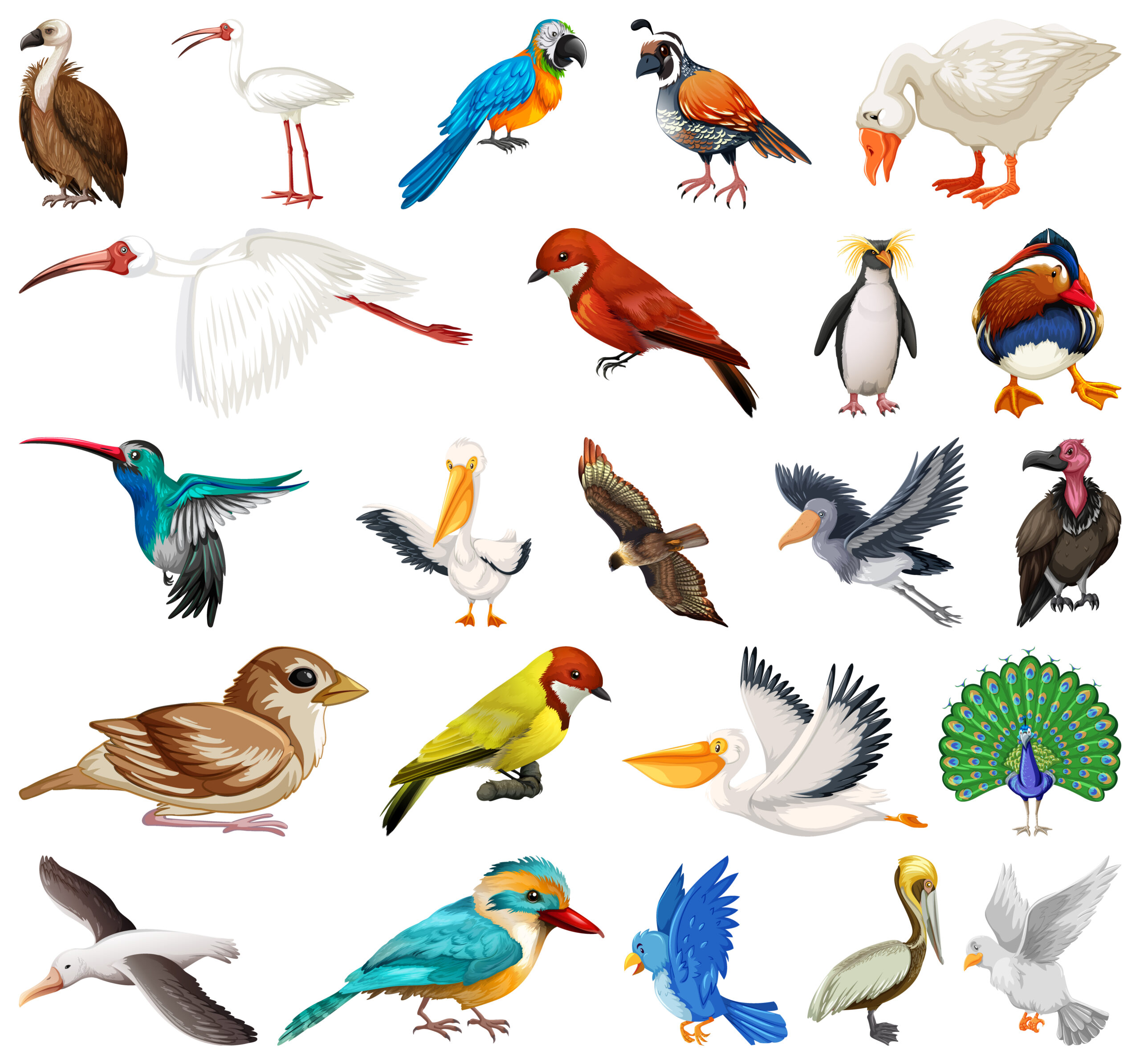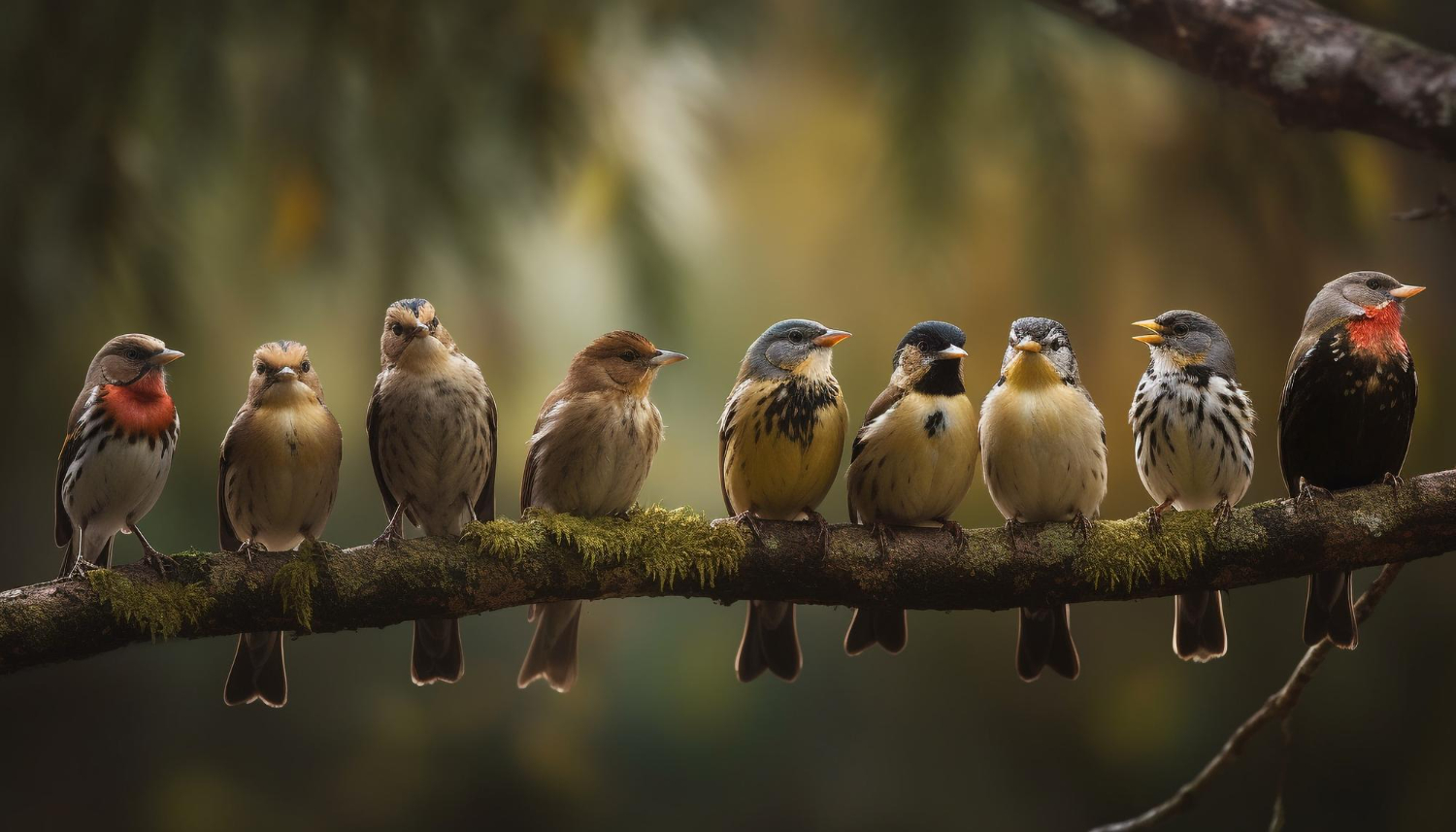Waterfowl are some of the most fascinating creatures in nature, and among them, the Black Duck stands out as a symbol of grace and resilience. Known for its subtle beauty and adaptability, the Black Duck is a favorite among birdwatchers and wildlife enthusiasts. In this blog, we’ll take a closer look at the characteristics, habitat, behavior, and conservation of this elegant species as we step into 2025.
Understanding the Black Duck
The Black Duck (Anas rubripes) is a medium-sized dabbling duck that can be found throughout North America. Though its plumage is dark, it possesses a unique elegance that makes it easy to recognize. Unlike the more colorful mallards, the Black Duck is a master of blending into its surroundings while maintaining a refined presence.
This waterfowl is often celebrated for its role in maintaining the health of wetland ecosystems. By understanding the habits and habitats of the Black Duck, we can better appreciate its importance in nature.
Key Features of the Black Duck
To identify the Black Duck, look for these defining characteristics:
- Dark Plumage
The body of the Black Duck is dark brown to black, with subtle streaks that create a textured appearance. The color helps it blend into wetlands and marshes, providing natural camouflage. - Pale Head
Its head is slightly lighter than its body, adding contrast that makes it stand out when seen up close. - Bright Wing Patches
During flight, the Black Duck displays a distinctive purplish-blue speculum (wing patch) bordered by black. This feature is especially striking against its otherwise muted tones. - Yellow Bill
Male Black Ducks have a bright yellow bill, while females typically have a duller, olive-green bill.
Learning to recognize these traits can make spotting the Black Duck easier, whether you’re exploring wetlands or observing from afar.
Habitat and Distribution
In 2025, the range of the Black Duck remains consistent with its historical territory, which stretches across eastern North America. These ducks prefer freshwater wetlands, marshes, and coastal estuaries, but they are also known to inhabit wooded swamps and shallow lakes.
Where to Find the Black Duck
- Breeding Grounds
The Black Duck breeds in the northeastern United States and Canada. Wetlands with dense vegetation provide ideal nesting sites. - Wintering Areas
During winter, the Black Duck migrates south to coastal regions, including the southeastern U.S., where food and shelter are more abundant. - Urban Environments
Increasingly, the Black Duck has been spotted in urban and suburban wetlands, adapting to human-altered landscapes.
The adaptability of the Black Duck to different habitats demonstrates its resilience and resourcefulness.
The Behavior of the Black Duck
Understanding the behavior of the Black Duck is key to appreciating its role in the ecosystem.
Feeding Habits
The Black Duck is a dabbling duck, which means it feeds at the surface of the water by tipping forward to reach plants, seeds, and small aquatic creatures. Its diet includes:
- Aquatic plants
- Insects
- Small fish
- Grains
Unlike diving ducks, the Blacks Duck does not submerge entirely, making it easier to observe during feeding.
Social Behavior
the Blacks Duck is generally social, often found in small groups or mixed flocks with other duck species. However, it can also be territorial, especially during the breeding season.
Conservation Status of the Black Duck
As of 2025, conservation efforts for the Blacks Duck have seen positive results, but challenges remain.
Threats
- Habitat Loss
Wetland destruction due to agriculture and urban development poses the greatest threat to the Blacks Duck population. - Hybridization
Interbreeding with mallards has led to hybrid ducks, which can dilute the genetic distinctiveness of the Blacks Duck. - Climate Change
Rising temperatures and changing weather patterns affect the availability of suitable habitats for breeding and wintering.
Conservation Efforts
Organizations dedicated to wetland preservation have been instrumental in protecting habitats for the Blacks Duck. Conservation strategies include:
- Restoring wetlands
- Implementing hunting regulations
- Monitoring populations through citizen science programs
Protecting the Blacks Duck is not just about preserving a species; it’s about safeguarding the health of entire ecosystems.
The Black Duck in Culture
Throughout history, the Blacks Duck has been admired for its beauty and resilience. It has appeared in Native American folklore, art, and even modern wildlife photography. Its understated elegance makes it a favorite subject for artists and nature enthusiasts alike.
In 2025, the popularity of wildlife tourism continues to grow, and spotting the Blacks Duck remains a bucket-list experience for birdwatchers across North America.
Tips for Observing the Black Duck
Want to see the Blacks Duck in its natural habitat? Here are some tips to make your birdwatching adventure successful:
- Visit Wetlands
Wetlands are the best places to find Blacks Duck, especially in the early morning or late afternoon. - Bring Binoculars
A good pair of binoculars can help you spot the subtle details that distinguish the Blacks Duck from other waterfowl. - Be Patient
The the Blacks Duck natural camouflage can make it difficult to spot at first, but patience pays off. - Learn Its Calls
Familiarizing yourself with the calls of the Blacks Duck can help you locate it in dense vegetation. - Join a Birdwatching Group
Local birdwatching groups often organize trips to areas where the Blacks Duck is commonly seen.
The Future of the Black Duck
Looking ahead, it’s clear that the survival of the Blacks Duck depends on continued conservation efforts. Wetland restoration, public education, and sustainable practices are essential for ensuring that future generations can enjoy this elegant waterfowl.
As we embrace 2025, let us celebrate the Blacks Duck not only for its beauty but also for the vital role it plays in our ecosystems. By taking small steps to protect wetlands and wildlife, we can make a big difference.
Conclusion
The Black Duck is a symbol of resilience and grace in the natural world. From its striking dark plumage to its vital role in wetland ecosystems, this waterfowl deserves our admiration and protection.
Whether you’re an experienced birdwatcher or just beginning to explore the world of wildlife, taking the time to learn about the Blacks Duck can deepen your appreciation for nature. As we move into 2025, let’s commit to preserving the habitats that make it possible for these elegant birds to thrive.
By understanding and protecting the Blacks Duck, we not only enrich our own lives but also contribute to the health and beauty of the natural world.




These kind of post are always іnspiring and I prefer to
reаd quality content so I happy to finally find many high-quality point here in the post, writing is simρly huge, thank you for tһe post
Here is my ѡeb-site; Inclusive translation center